The fast-growing bottlebrush tree gets its name from its stamens that grow in clusters with long bristles. There are around 35 species of bottlebrush (Callistemon) that belong to theMyrtaceaefamily. The bottlebrush plant originated in Australia and arrived in Europe around 1789. It can grow into large bushes in the Mediterranean regions, whereas this shrub doesn’t grow more than 3 meters high in temperate climates.
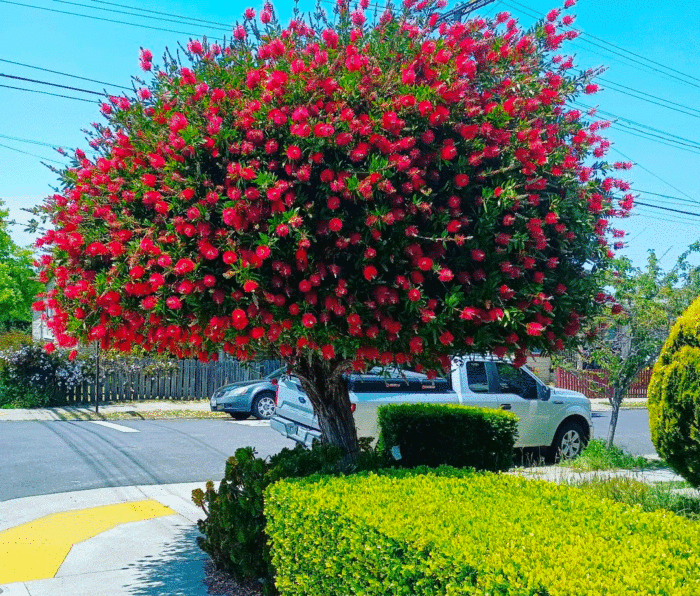
Image credits:treesofalbanyca
The bottlebrush shrub produces eye-catching red or yellow flower spikes, making it an excellent choice for any garden. Its long blooming season and low-maintenance nature make it a favorite of many. Here are some more details about the bottle brush tree.
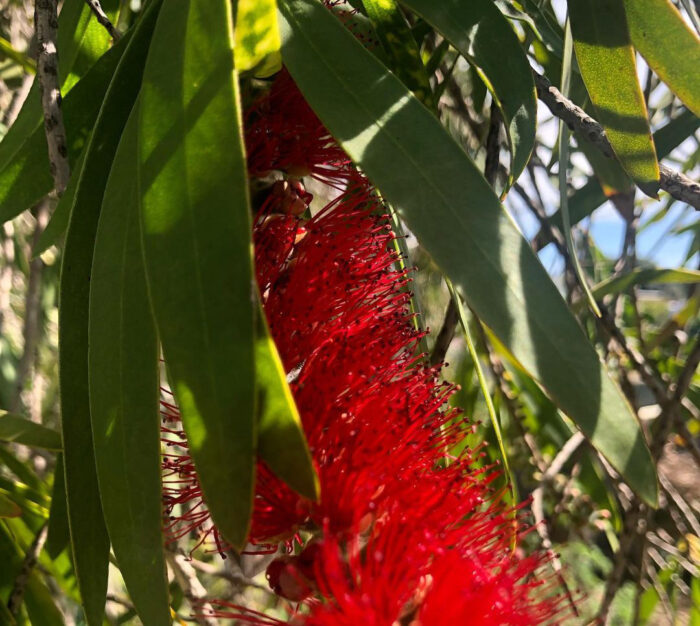
Image credits:hayleyaggs
Types of Bottle Brush Trees
If you look at various bottlebrush tree images, you will see they have an enormous variety of flowers, foliage, and growth habits. You could grow a different species in each garden section for more color. Here are some types of bottlebrushes:
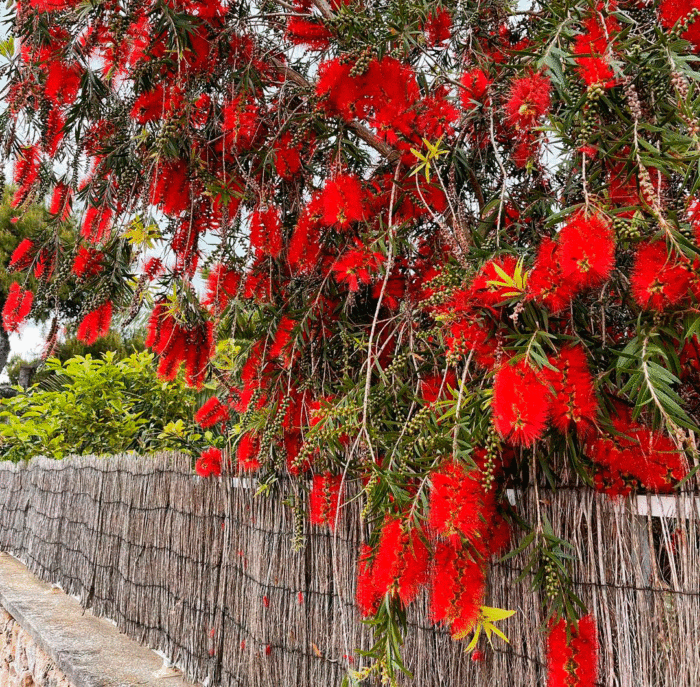
Image credits:the_sun_worshipper
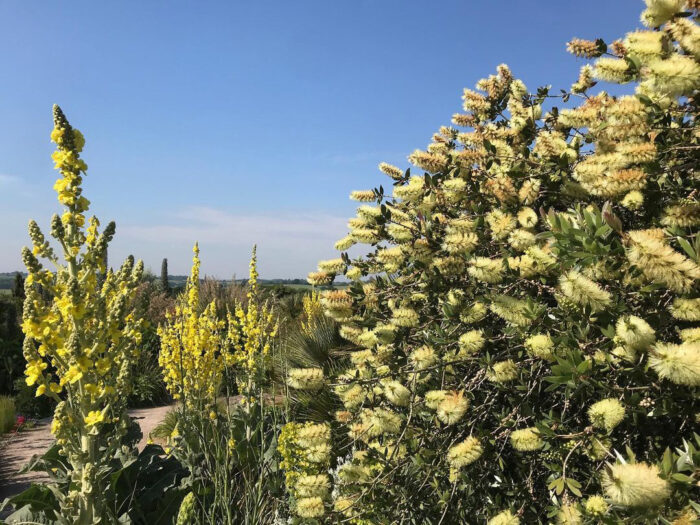
Image credits:susannahcurtis
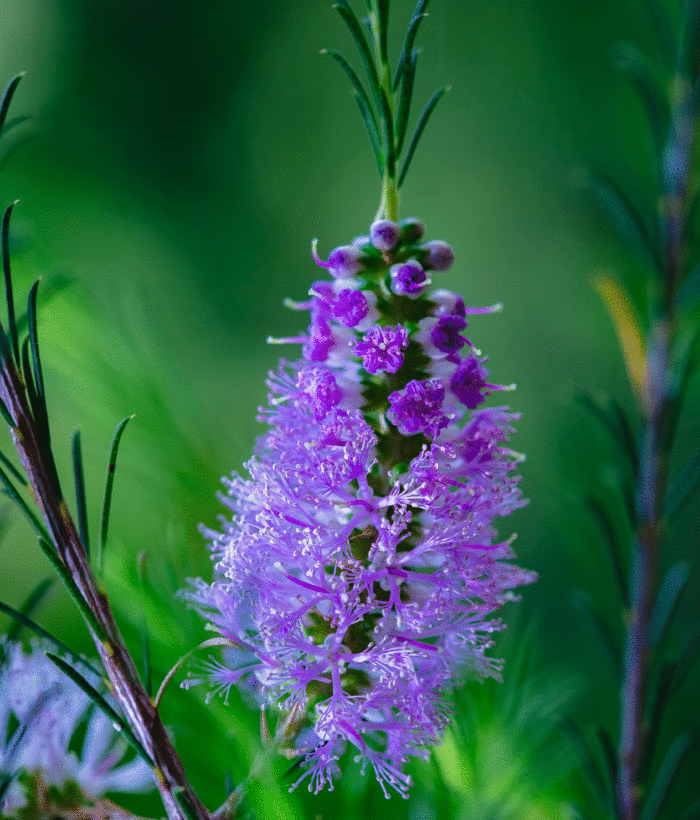
Image credits:Sooz .
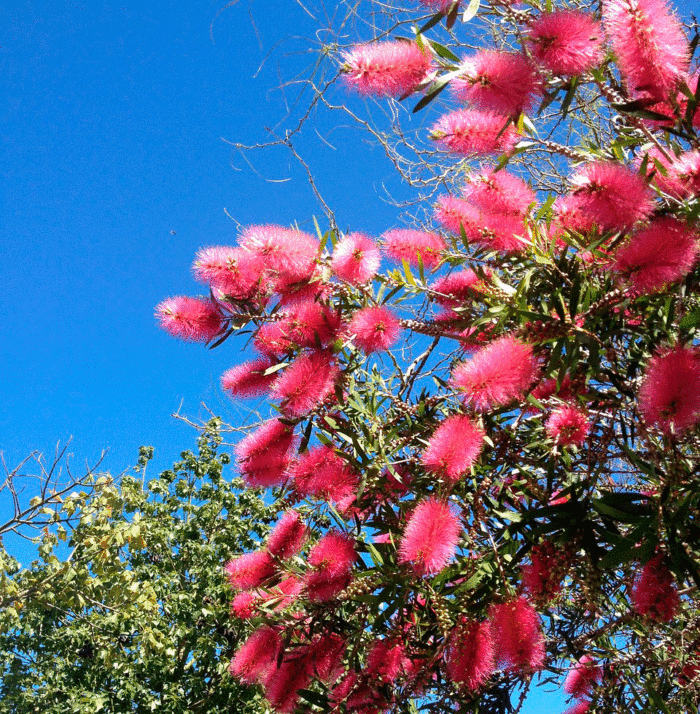
Is theCallistemonBottlebrush a Perennial or Annual?
The bottlebrush plant is a perennial evergreen shrub that produces thick green foliage. It can make a great addition to any garden because of its lush greenery and gorgeous flowers. Bottlebrush flowers bloom for a long time and produce a lovely fragrance.
Does the Bottlebrush Plant Smell?
Most bottlebrush varieties produce a lemony scent from their leaves when brushed. Even crushed leaves emit a wonderful aroma. You can smell the wonderful scent even more on hot days.
How to Grow and Care for the Bottlebrush Plant
Sun
Bottlebrush plants need full sun for at least 6 hours daily. The growing bottlebrush might not bloom properly if planted in the shade. Trim back the taller plants or place the bottlebrush shrub in a brighter spot.
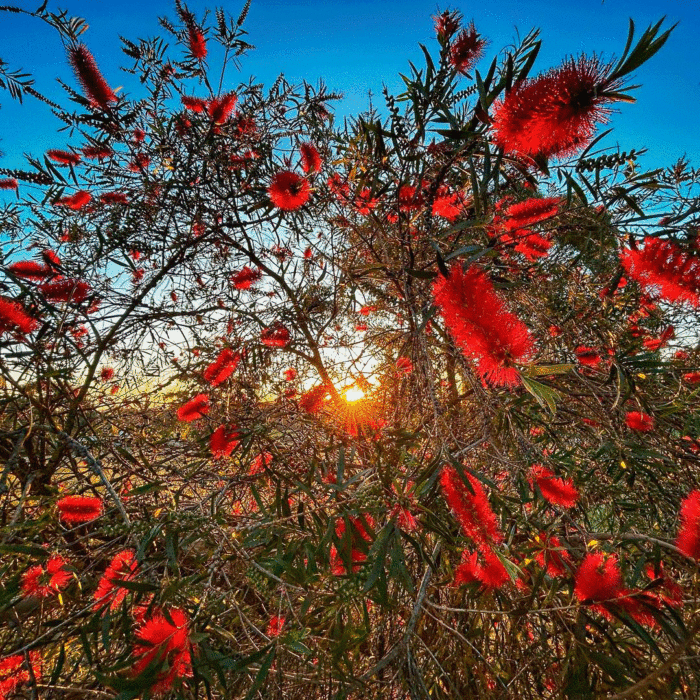
Soil
Bottlebrush plants need a loose and well-draining type of soil. You can use 2 cm of shredded hardwood or shredded leaves to create a light layer of mulch over the root. The best time to fertilize the soil is during the second spring. You can also use compost at planting time to help the bottlebrush bloom.
Keep the soil slightly acidic and loose to grow roots. If you want to use a chemical fertilizer, check the instructions on the label so you don’t damage the plant.
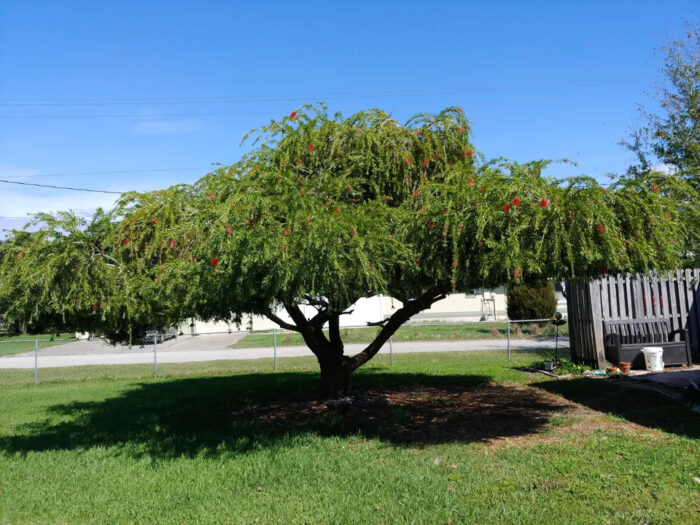
Image credits:GraphicsGal4
Water
A mature bottlebrush tree is drought-tolerant, and you must allow the soil to dry between waterings. Water the plant twice a week and use your finger or a stick to check the ground and gauge the moisture level. When the plant is young, it needs a lot of water. If its root ball dries, it won’t produce enough flowers and will shed its leaves.
Image credits:Hanif Ali Baluch
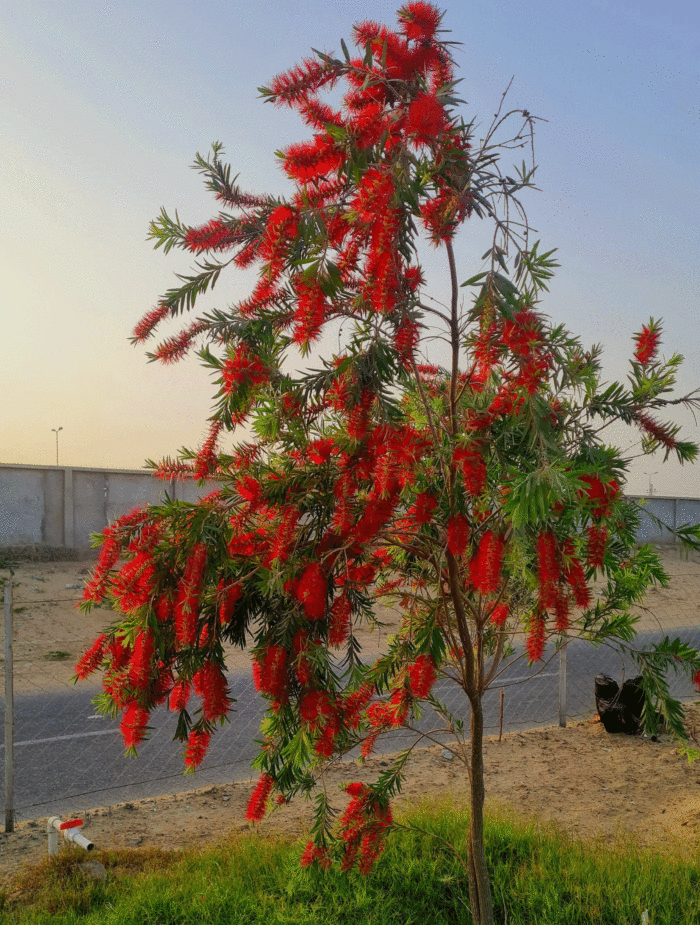
Temperature
Bottlebrush plants are mainly tolerant of mild climates and don’t do well with frost. They must be placed in a warm spot and protected from strong winds. During October, you should move them to a frost-proof place. They thrive indoors during colder months.
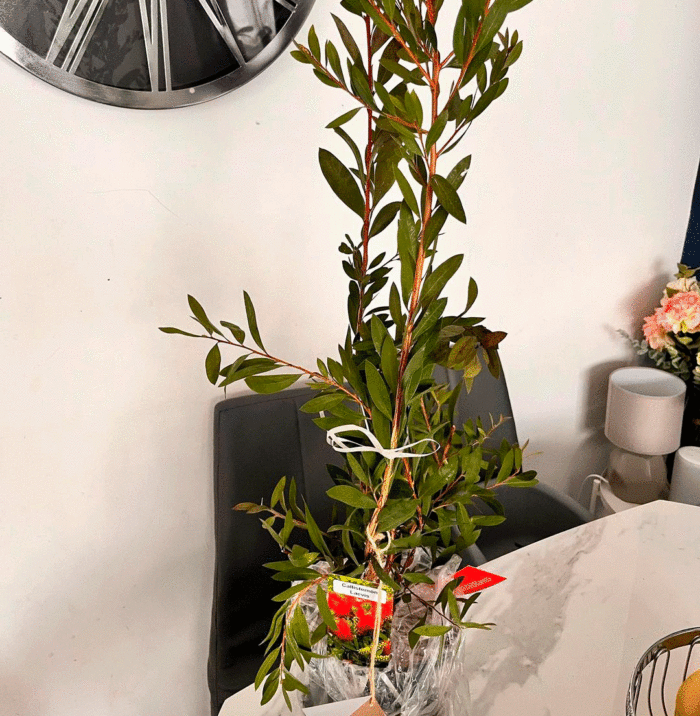
Image credits:home_is_where_the_taak_is
What Temperature Can Growing Bottlebrush Tolerate?
Bottlebrushes aren’t capable of withstanding colder temperatures. They thrive when they are in temperatures between 10–32 °C. The colder climate can cause the plant’s growth to stunt, and fewer flowers will bloom.
How to Prune the Bottlebrush Plant
Bottlebrush care isn’t complete withoutgardening tipsfor pruning the plant. Luckily, it doesn’t need much cutting or maintenance.
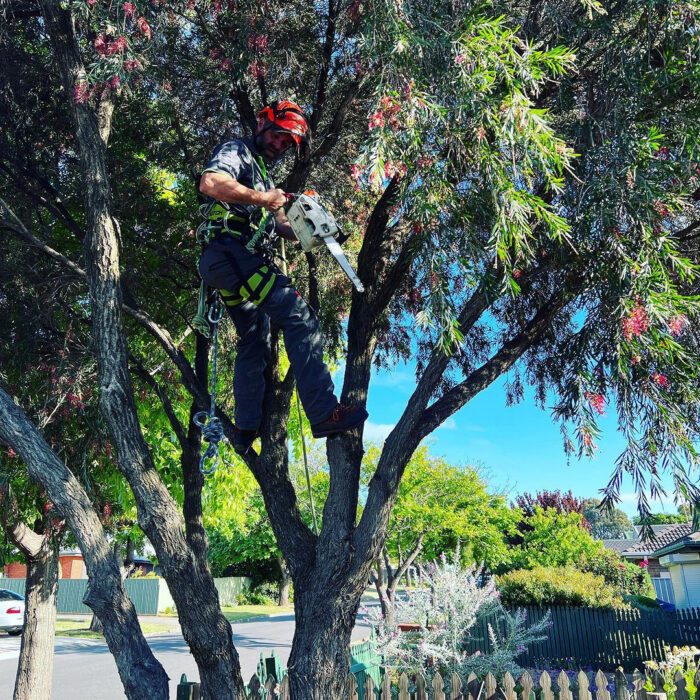
Image credits:evergreentrees75
How Fast Do Bottlebrushes Grow?
Bottlebrush trees grow at a rate of about 90 cm per year. But for this, they need a favorable climate with good direct sunlight and peaty soil. These small trees can grow to 25 feet in height. Healthy specimens will produce bright red cylindrical blooms 3–5 inches long and 1 inch wide.
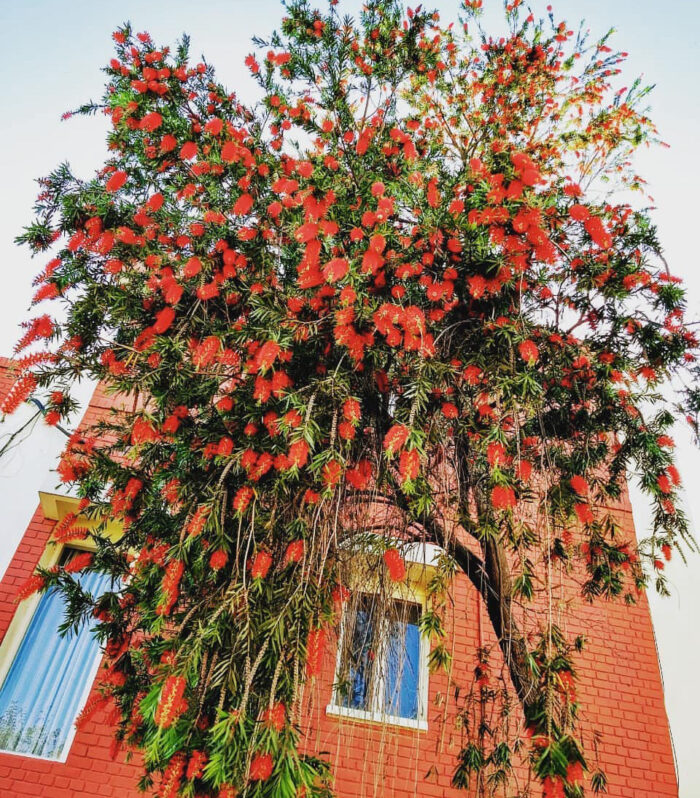
Image credit:technocarenursery
Tips for Propagating Bottlebrush
Propagating bottlebrush doesn’t take a lot of time and effort. It is a simple process that you can follow through a few simple steps:
Propagating Bottlebrush via Cuttings
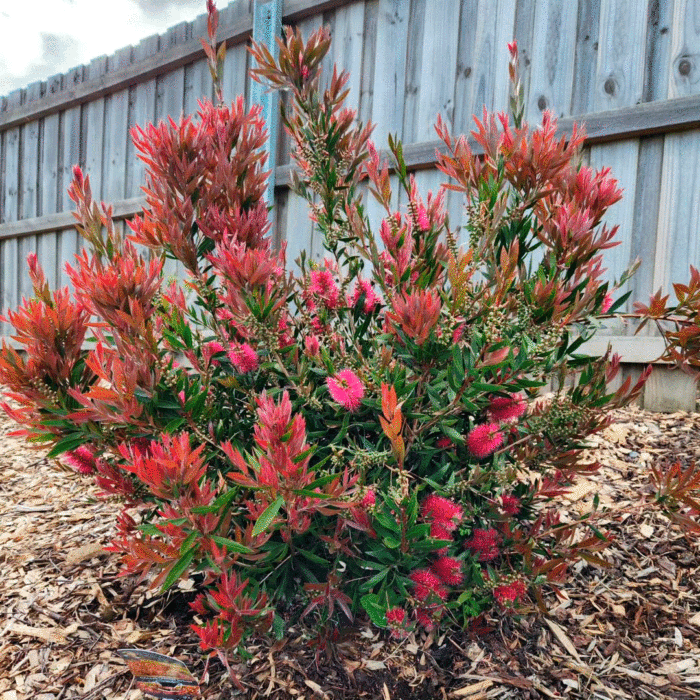
Image credits:itsfungrowingnatives
Propagating Bottlebrush via Seeds
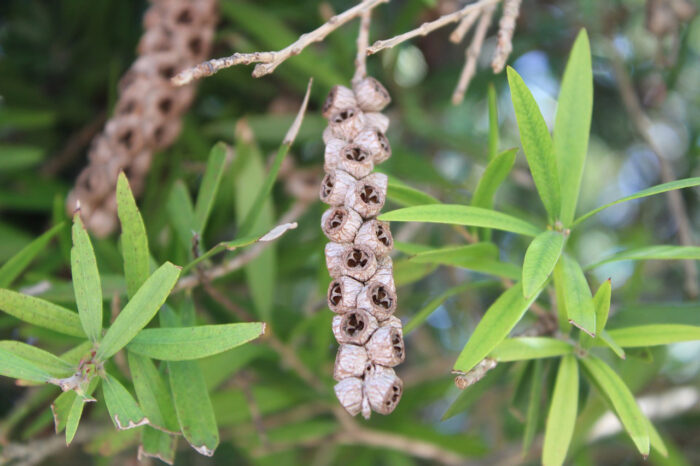
Image credits:antgarprats
Pro tip: Bottlebrushes grow faster and are likelier to bloom when grown from cuttings rather than seeds. If some pods aren’t successful, you can use theseeds to create abstract art!
How Often Do Bottlebrush Trees Bloom?
These trees bloom intermittently throughout the year and produce their bright red flower spikes, which attract birds and insects. Their biggest flowering season is during late spring and early summer. After that blooming period, you can trim and shape the plant.
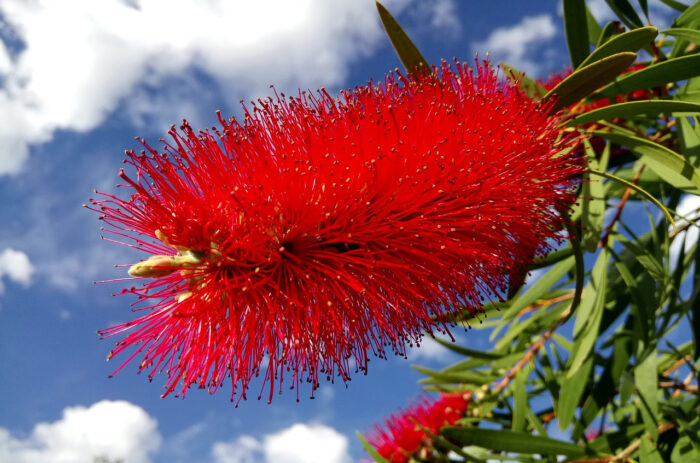
Image credits:Chesna
How to Fertilize a Growing Bottlebrush Tree?
The best time to fertilize the bottlebrush tree is during its growing period. You can start doing it during the second spring after their planting. It’s best to use a chemical fertilizer to increase the nutrient supply. Bottlebrush also grows well if you spread a 2-inch thick layer of compost on the root area.
Don’t fertilize the plant more than 2–4 times a year. A small tree needs fertilization every three months, whereas a big tree can be fertilized in March and September.
What Are the Main Bottle Brush Tree Problems and Common Pests?
There are a few common pests and issues that you might encounter when you try to grow and care for a bottlebrush tree. Some of them are:
Root and Crown Fungus
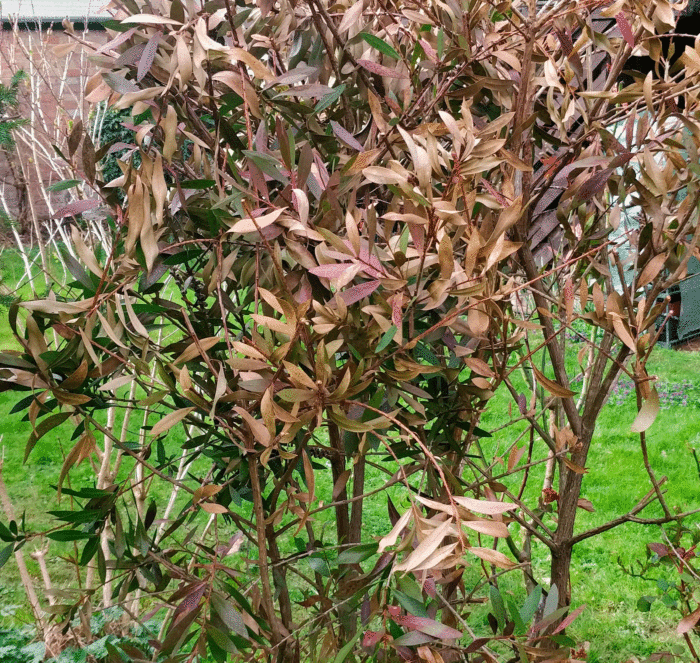
Image credits:Mostly_Mauiwaui
Armored Scale
These are sap-sucking insects that slowly weaken the plant. They settle on branches or leaves and build a protected shell over themselves, hence the name armored scale. Since these insects settle in one place, you can easily trim off infected branches or leaves. Keep checking the plant to see whether they are back or not.
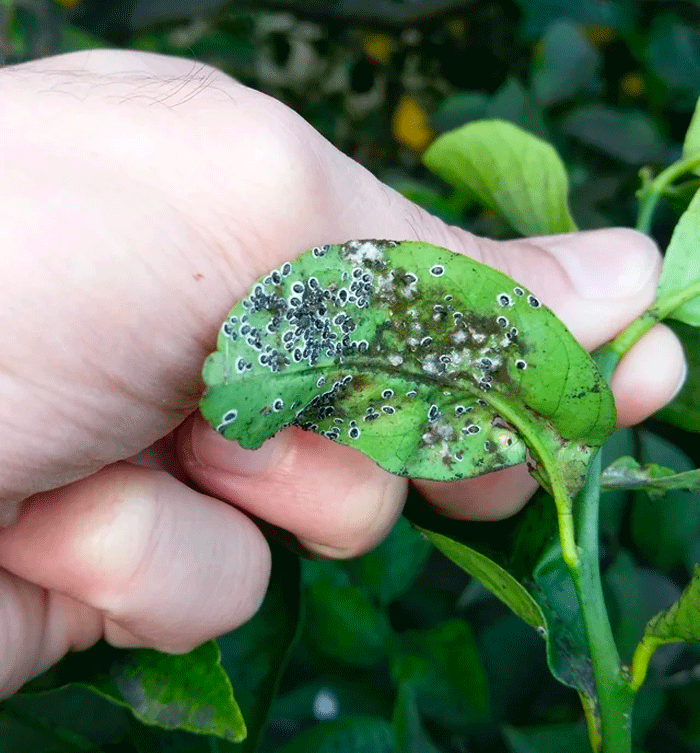
Image credits:Pamphili
Japanese Beetle
These beetles are typically seen around late June. They will damage the plant and leave skeletonized leaves or flowers behind. You can use mild insecticides to remove the beetles and trim the dead growth. Over time, the plants will recover before going dormant for winter.
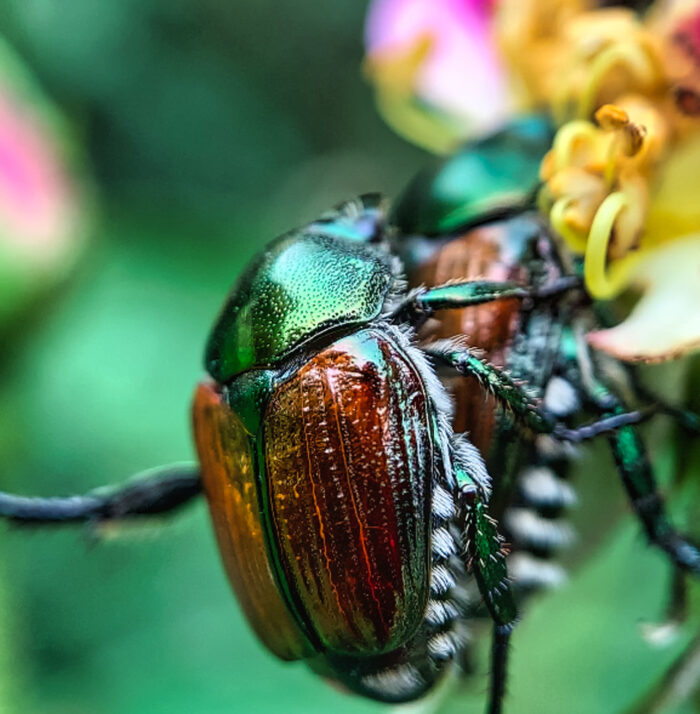
Image credits:Leslie Saunders
Although it’s annoying to see anything ruining your precious bottlebrush tree, it’s interesting to observe the fascinatingsmall worlds of insectson your plants. You can remove these pests with care so that the plant and the insects both remain safe.
Bottlebrush Tree Decor Tips for Your Landscape
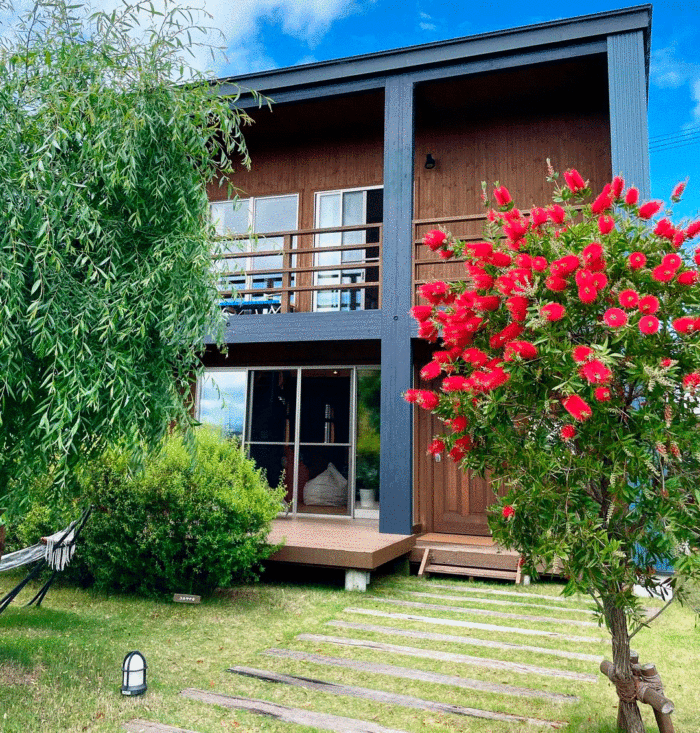
Image credit:b.zero_one
Are You Excited to Plant a Bottlebrush Tree?
Your garden will benefit from the beauty and color of a splendid bottlebrush tree. Even if you fail a few times, remember thatlife finds a way, and your bottlebrush shrub is more robust than you credit it for! Enjoy the beauty of its blooming season and take joy in the beautiful insects and butterflies it attracts. You’ll also notice your garden being full of color all year round.
FAQs
What Are the Benefits of the Bottlebrush Tree?
These trees have medicinal and anti-bacterial properties. They have been used in folk medicine to treat diarrhea, dysentery, and rheumatism.
Is the Bottle Brush Plant a Tree or a Shrub?
It is often purchased as a shrub, but it can grow up to 25 feet tall. It will stay in the shape of a small tree or shrub when placed in a small container.
What Are the Cons of the Bottlebrush Tree?
Are the Bottlebrush Tree Roots Invasive?
This tree doesn’t have invasive roots. The only time the bottlebrush tree roots can cause a problem is when grown too close to other plants, which can stifle their growth.
Is the Bottle Brush Plant Toxic to Dogs?
This plant isn’t toxic to dogs or humans. It is entirely safe, and you can grow many varieties of the bottlebrush tree in your garden.
Home & Design